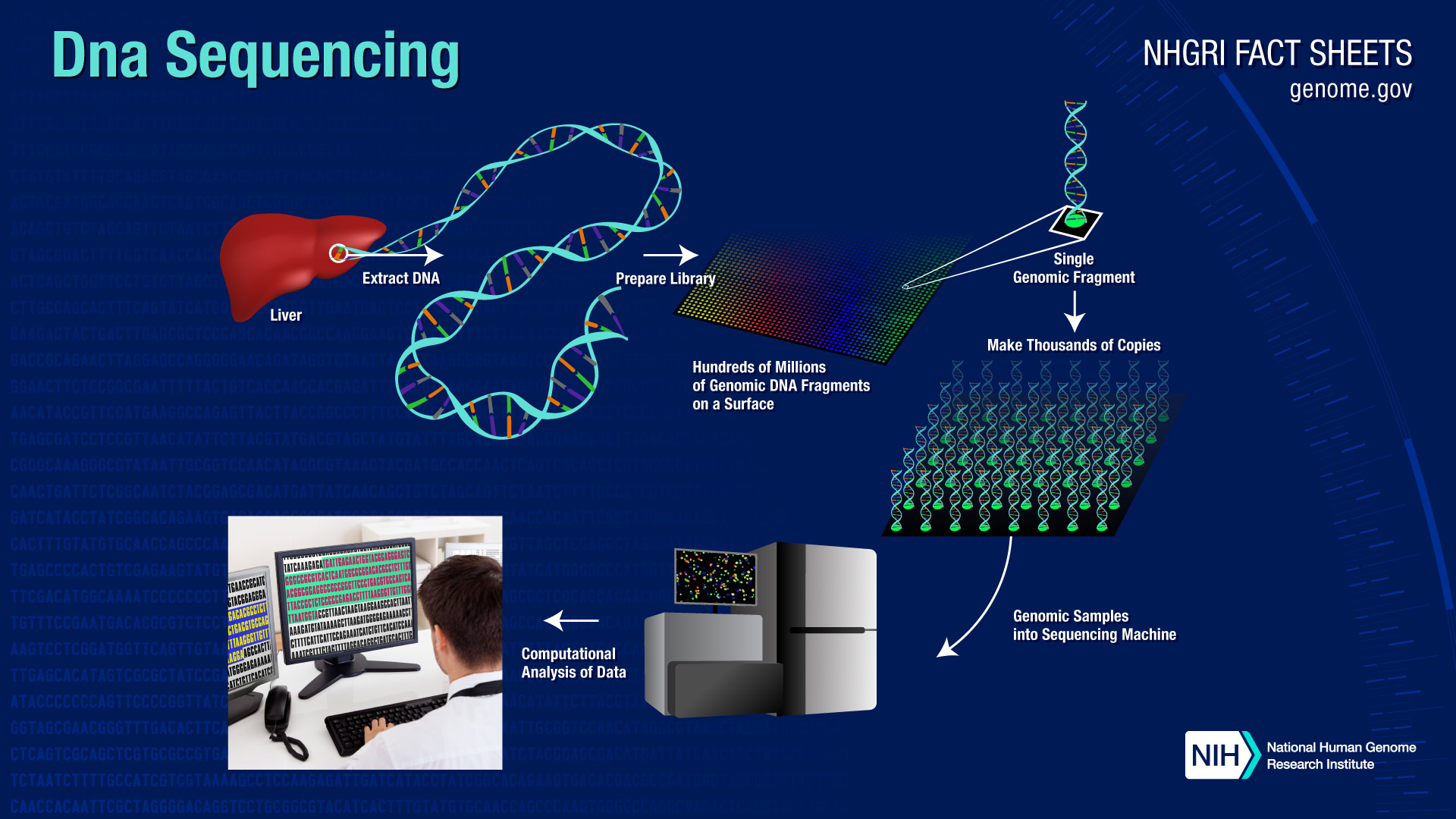7667766266
enquiry@shankarias.in
Reference
With the winter solstice, the ‘chillai kalan’ has started in the Kashmir Valley.
Reference
Scientists detect new variants of the virus that causes COVID-19 using the process called DNA sequencing.

Reference
Concerned over high prices of cooking oils, the Central Board of Indirect Taxes and Customs (CBIC) has cut the basic customs duty (BCD) on refined palm oil from 17.5% to 12.5% till March 2022.
Basic Customs Duty is a type of duty or tax imposed under the Customs Act, 1962. It varies for different items and the Central government has the power to reduce or exempt any goods from the charges.
Other Types of Customs Duty
Reference
Warship Mormugao (D 67) sails for maiden sea trials.
Reference